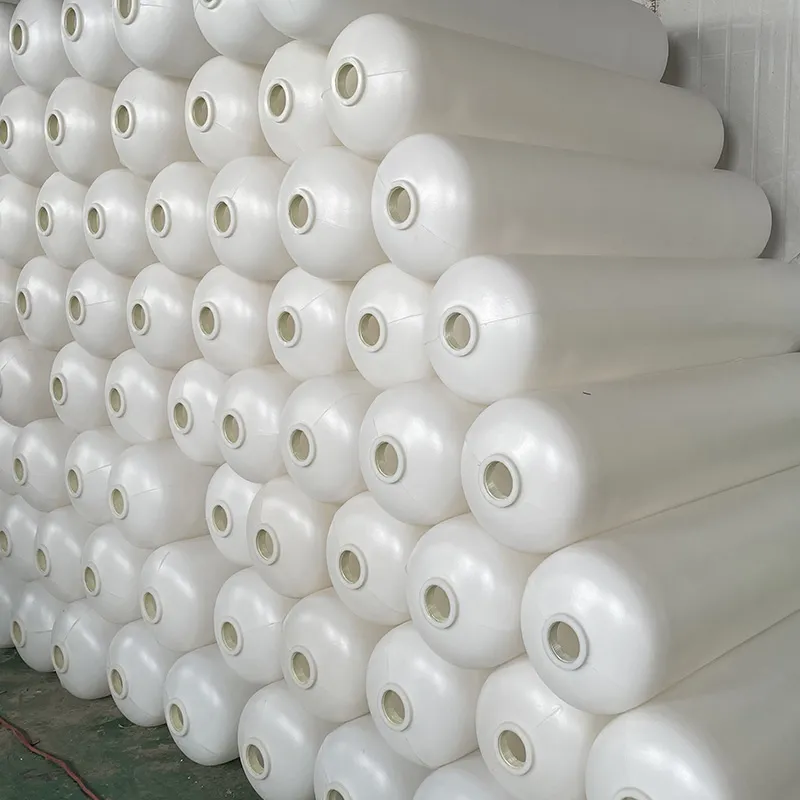loading...
- No. 9, Xingyuan South Street, Dongwaihuan Road, Zaoqiang County, Hengshui, Hebei, China
- admin@zjcomposites.com
- +86 15097380338
- Welcome to visit our website!
frp piles
Understanding FRP Piles An Innovative Solution in Foundation Engineering
Fiber Reinforced Polymer (FRP) piles are emerging as a groundbreaking solution in foundation engineering, particularly in environments where traditional materials fall short. These piles are manufactured from composite materials that combine a polymer matrix with reinforcing fibers, which can significantly enhance their mechanical properties, durability, and resistance to environmental degradation. In this article, we delve into the characteristics, benefits, and applications of FRP piles, shedding light on their pivotal role in modern construction.
Characteristics of FRP Piles
FRP piles are characterized by their lightweight nature, high strength-to-weight ratio, and corrosion resistance. Unlike traditional concrete or steel piles, which can suffer from rust and deterioration due to exposure to moisture or chemical agents, FRP piles maintain their integrity over time. They are produced in various shapes and sizes to accommodate different load requirements and site conditions, making them versatile for various applications.
The manufacturing process of FRP piles typically involves filament winding, pultrusion, or resin infusion. These techniques ensure a uniform distribution of fibers, resulting in enhanced performance characteristics. Additionally, FRP piles can be designed to exhibit specific properties, such as improved load-bearing capacity and tailored stiffness, which can be critical for specific structural demands.
Benefits of Using FRP Piles
One of the most significant advantages of FRP piles is their resistance to corrosion. Traditional piling materials can degrade over time when exposed to harsh environmental conditions, leading to costly maintenance and repairs. In contrast, FRP piles can withstand aggressive environments, including marine settings and areas with high salinity, making them an ideal choice for waterfront construction.
frp piles

Another benefit of FRP piles is their rapid installation. Due to their lightweight nature, they are easier to handle and transport, which can significantly reduce construction time. This feature is particularly advantageous in projects with tight timelines. Moreover, the use of FRP piles can lead to overall cost savings in the long run, as they often require less maintenance and have a longer lifespan compared to conventional materials.
Applications of FRP Piles
FRP piles find applications in various sectors, ranging from residential and commercial construction to infrastructure projects such as bridges and piers. They are especially useful in challenging geological conditions, including soft soils and areas prone to flooding. Their adaptability extends to projects involving renewable energy, like wind turbine foundations, where durability and low maintenance are paramount.
Furthermore, FRP piles can contribute to sustainable building practices. By using composite materials that are often recyclable, the environmental impact of construction can be reduced. In addition, their longevity and durability mean less frequent replacements, aligning with sustainable development goals.
Conclusion
In summary, FRP piles represent a significant advancement in foundation engineering. Their unique properties make them suitable for various applications, particularly in harsh environments where traditional materials struggle. As the construction industry continues to evolve towards more sustainable and efficient practices, FRP piles are likely to play an increasingly important role in shaping the future of infrastructure development. With their numerous benefits, including corrosion resistance, rapid installation, and adaptability, FRP piles are not just a trend but a viable solution for modern construction challenges.
-
Transform Your Spaces with FRP Grating SolutionsNewsNov.04,2024
-
The Versatility and Strength of FRP RodsNewsNov.04,2024
-
The Excellence of Fiberglass Water TanksNewsNov.04,2024
-
The Benefits of FRP Grating for Your ProjectsNewsNov.04,2024
-
Elevate Your Efficiency with FRP Pressure VesselsNewsNov.04,2024
-
Welcome to the World of FRP Pressure VesselsNewsOct.12,2024
-
Unveiling the Future of Filtration: Why FRP Filter Vessels are a Game ChangerNewsOct.12,2024
